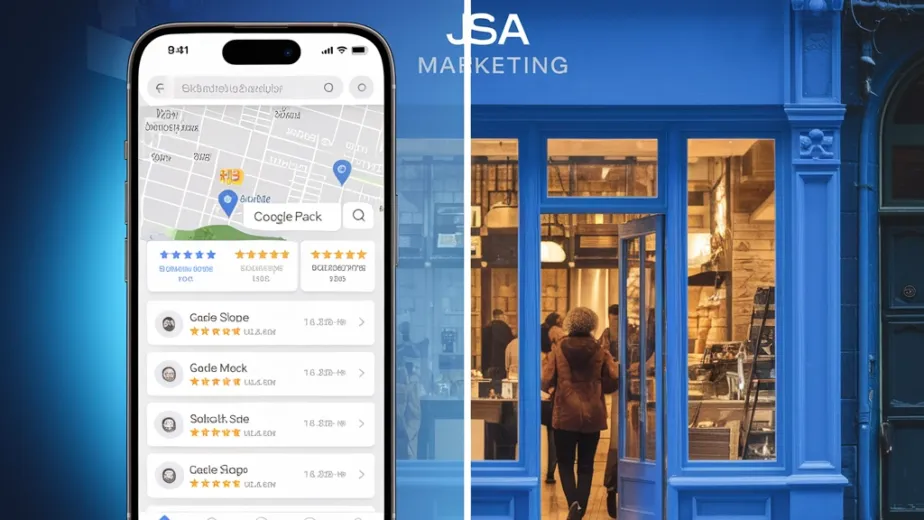Local businesses must harness the power of SEO to thrive. With nearly half of all Google searches seeking local info, actionable strategies can elevate visibility…

Subscribe below to receive our Newsletter! Get exclusive behind-the-scenes content, expert tips, and a touch of business humor to keep you inspired throughout the week.